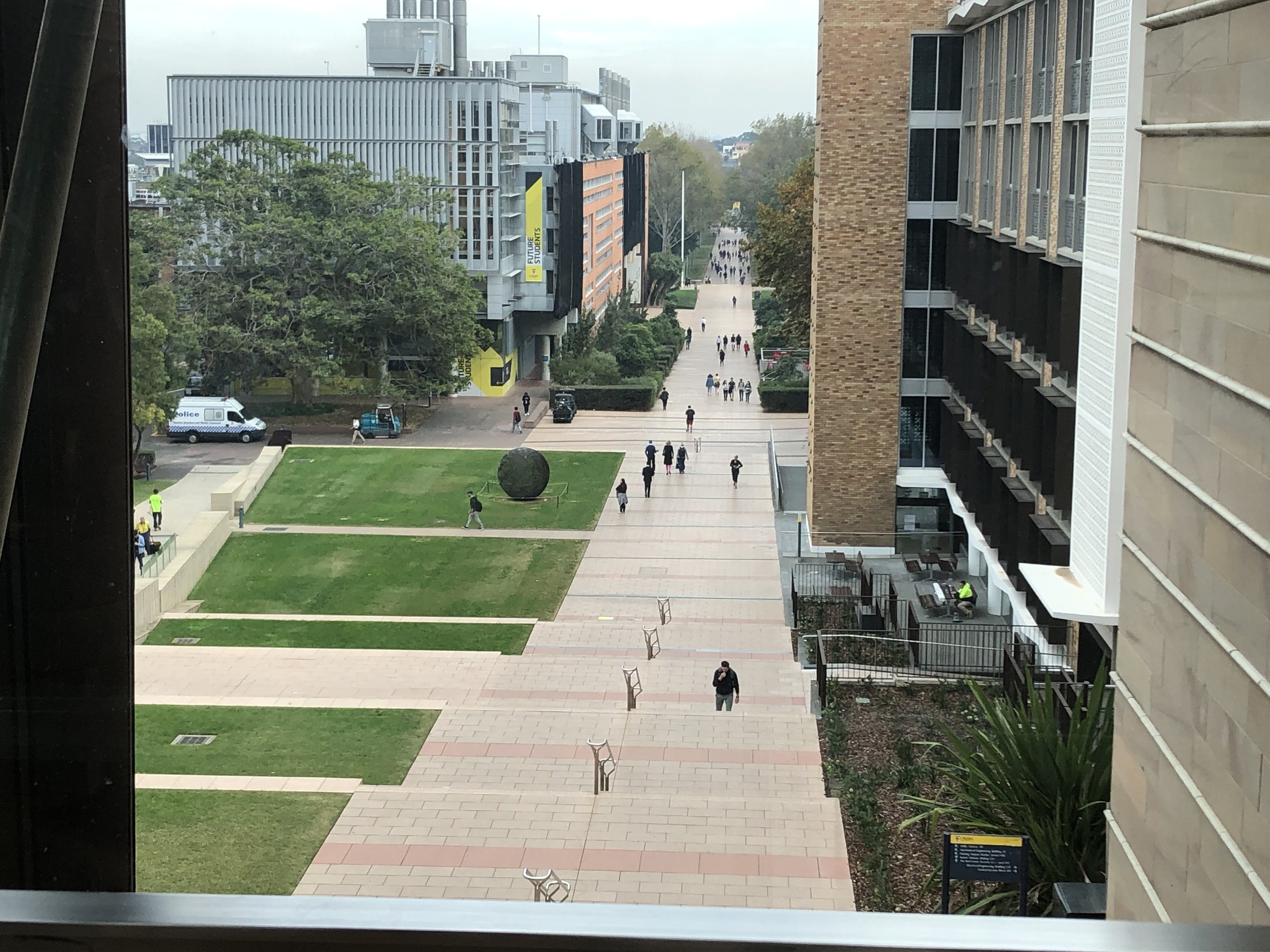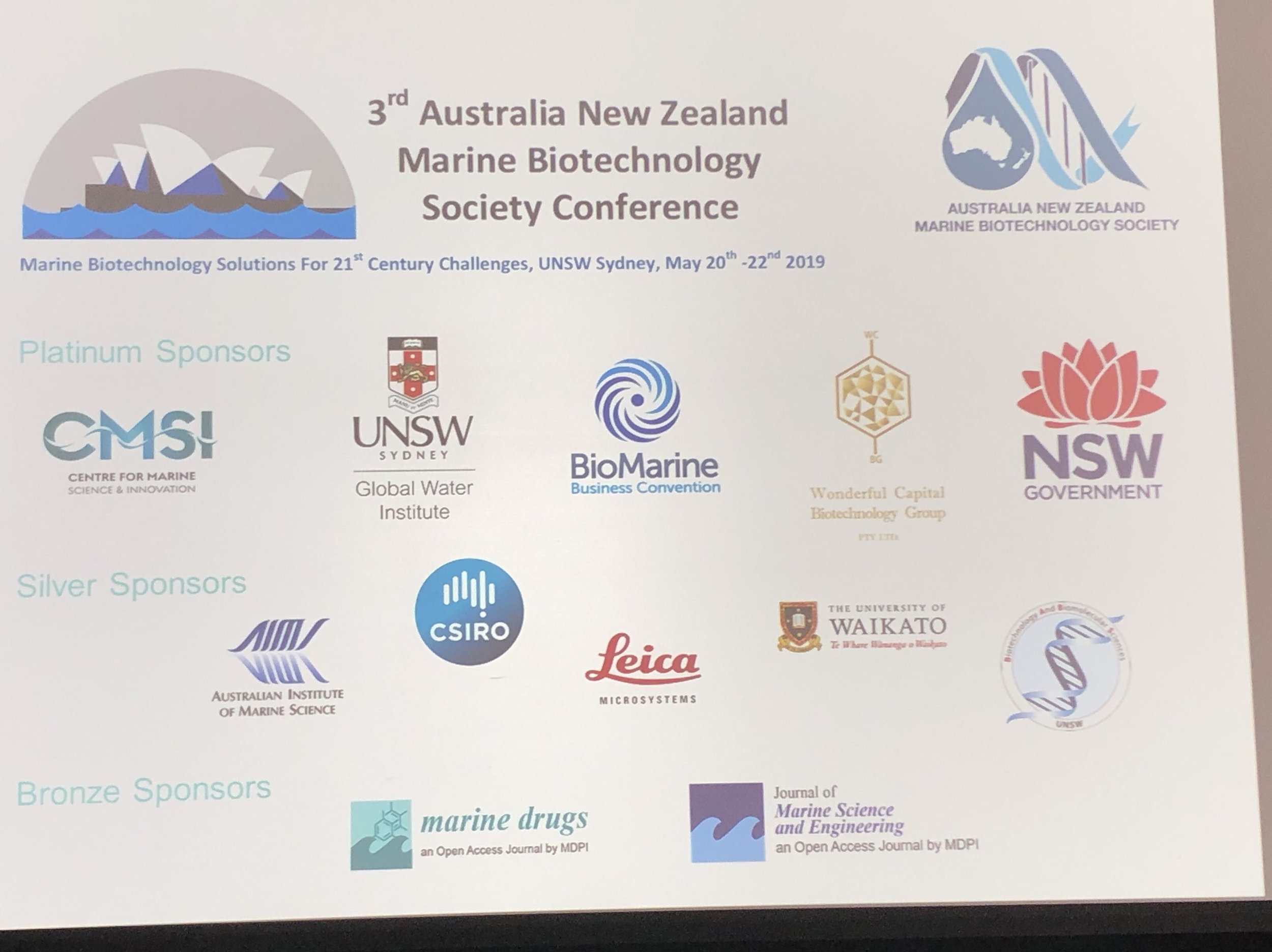Saving the hardest for last, Browning Peninsula is located approximately 3-4 hours away via Häg from Casey (2 hours with Cath’s driving).
MON 25/02/19 to THU 28/02/19
Long road trip out to the sampling site, very bumpy but still managed to catch some ZZZZs in the Häg. Whoever designed the interior layout of this field hut needs to reconsider their day job. We somehow managed for 4 days without showers and in close proximity to one another - thank goodness your sense of smell is diluted down here.
Beautiful but slightly treacherous location and close to wildlife (Elephant seals). First time having to equip ice chains on the baffins as we hiked across to our sampling site located approximately 500m NW from the hut. Weather was crappy, sieves wouldn’t dry, MilliQ was frozen, wildlife stealing our 50ml tubes and not enough bowls for delicious tuna-chicken (?) dinners. Many challenges but a worthwhile experience. Had to prioritise some samples during collection but managed to get 3/4 of them - better than expected, less than planned.


























